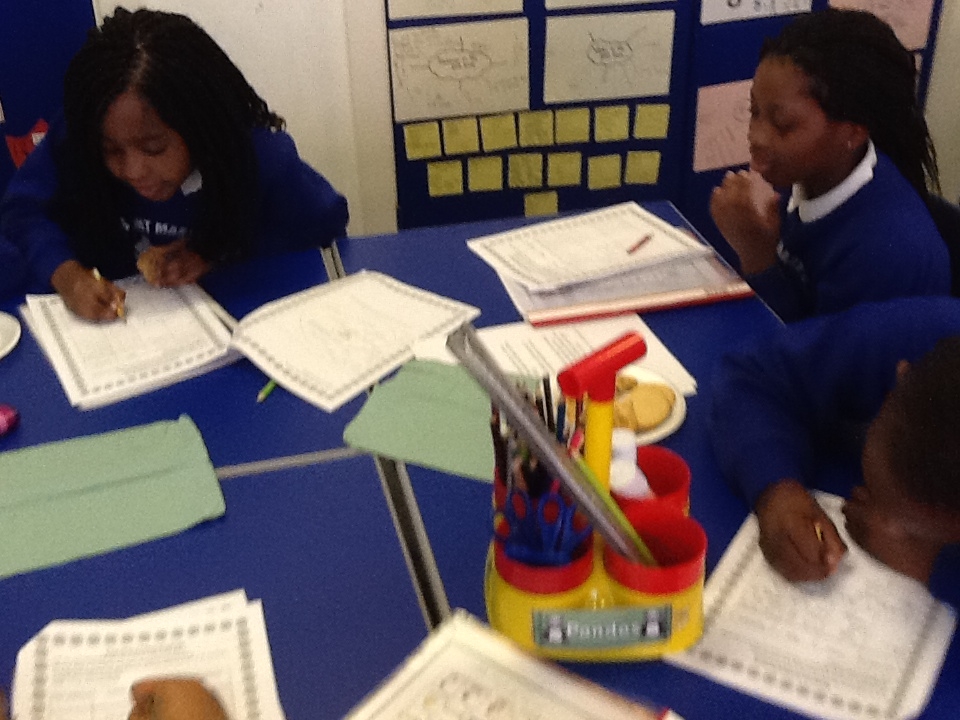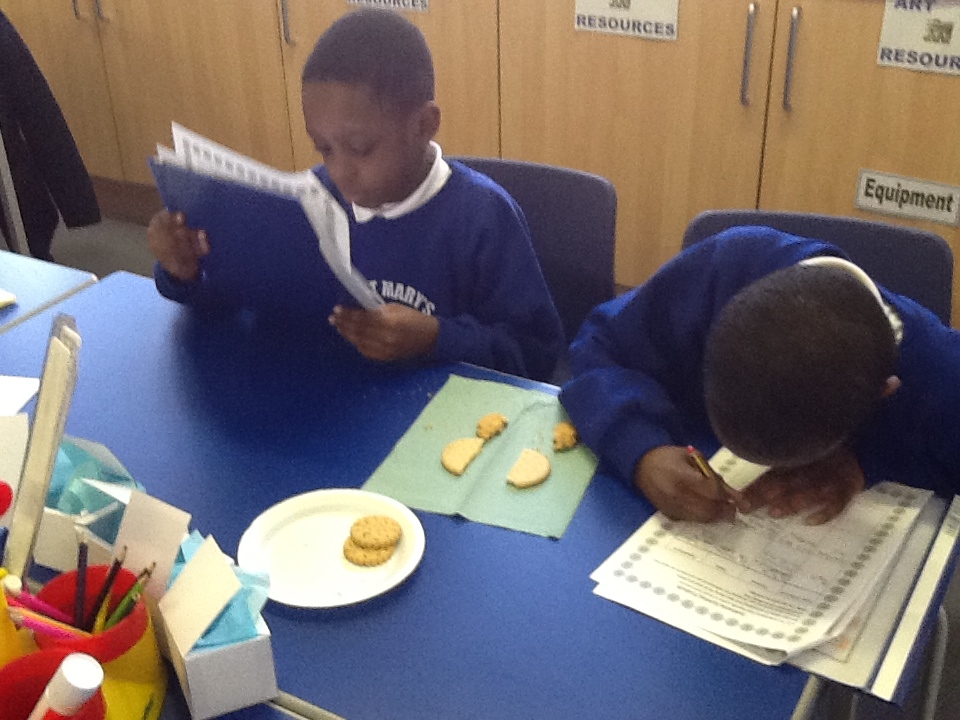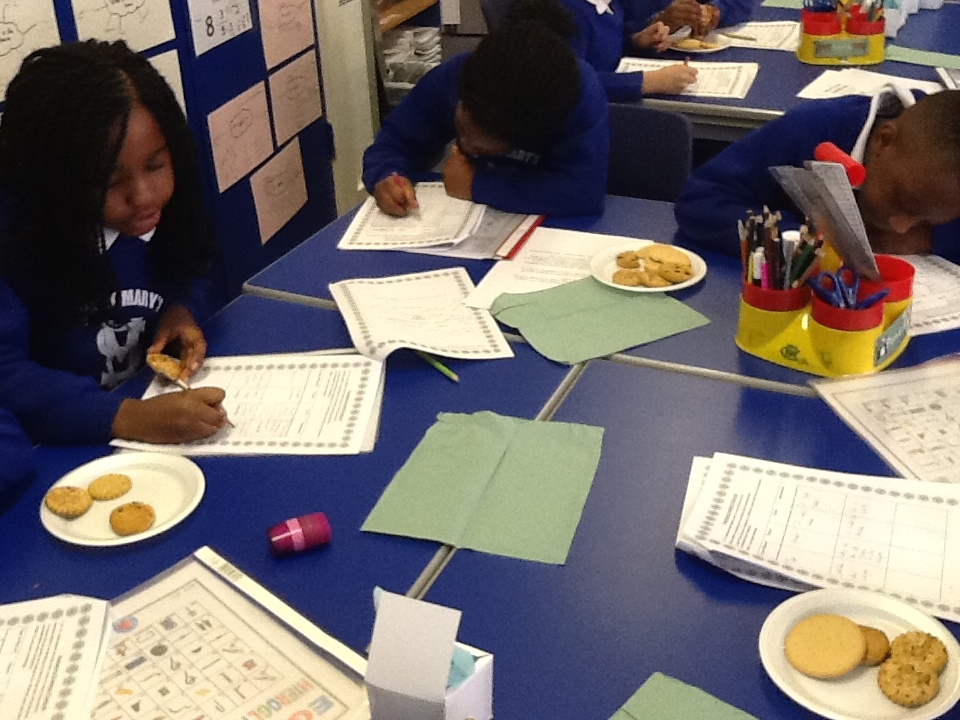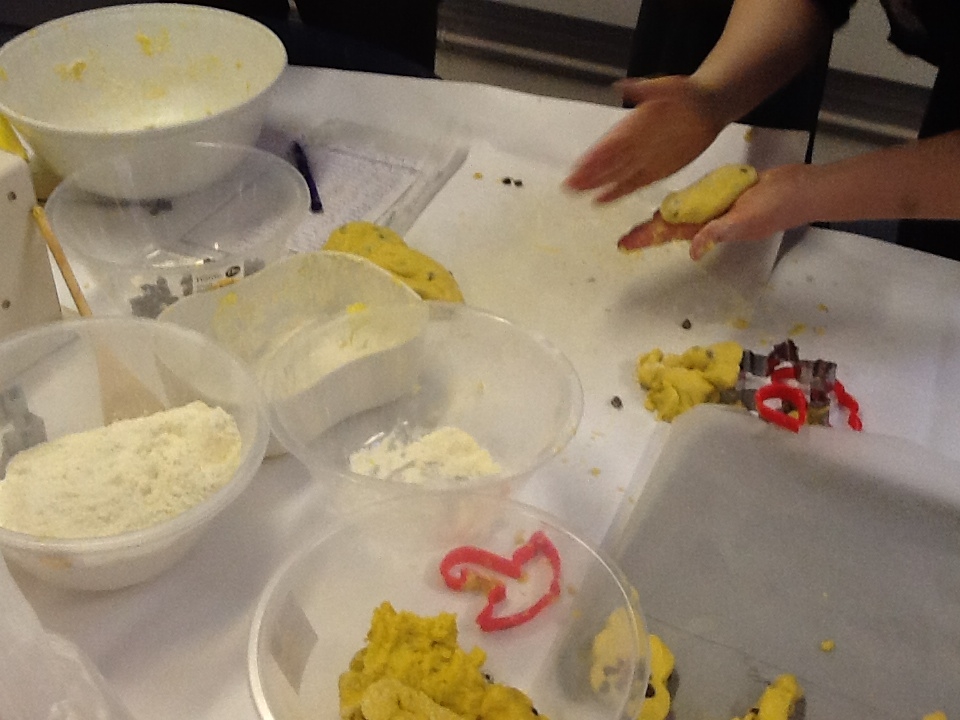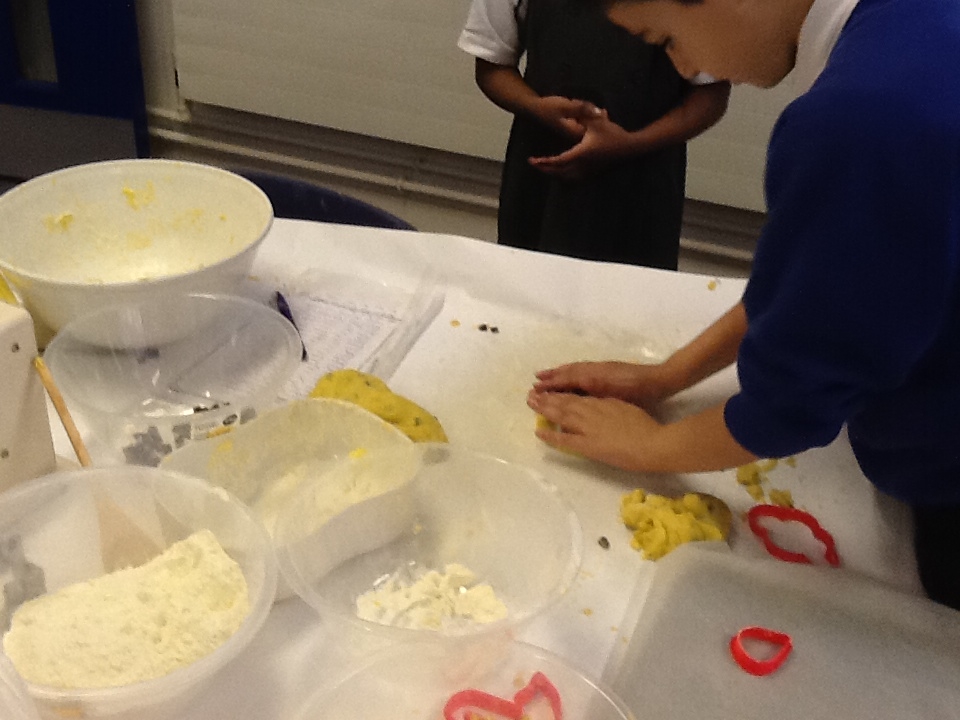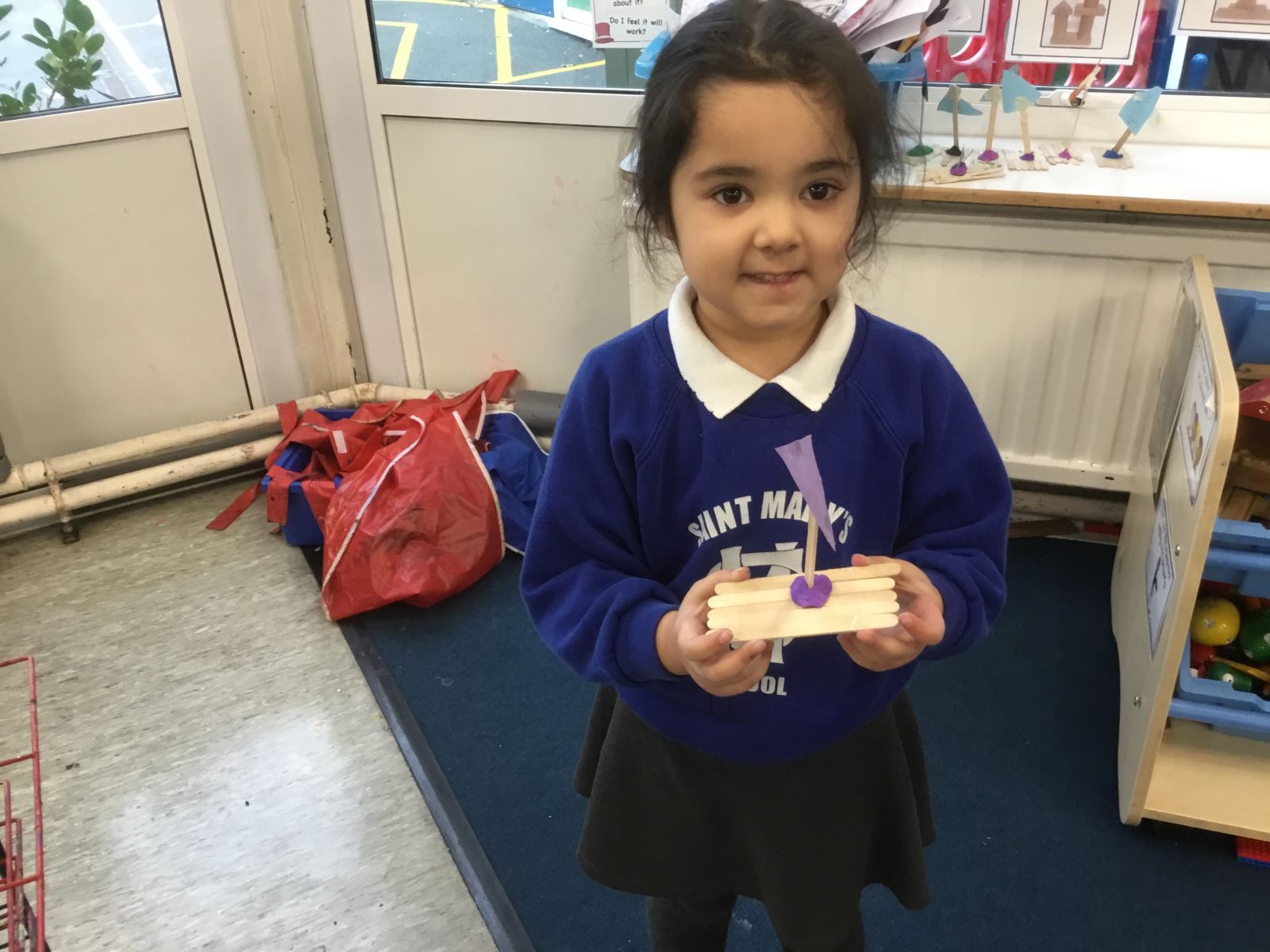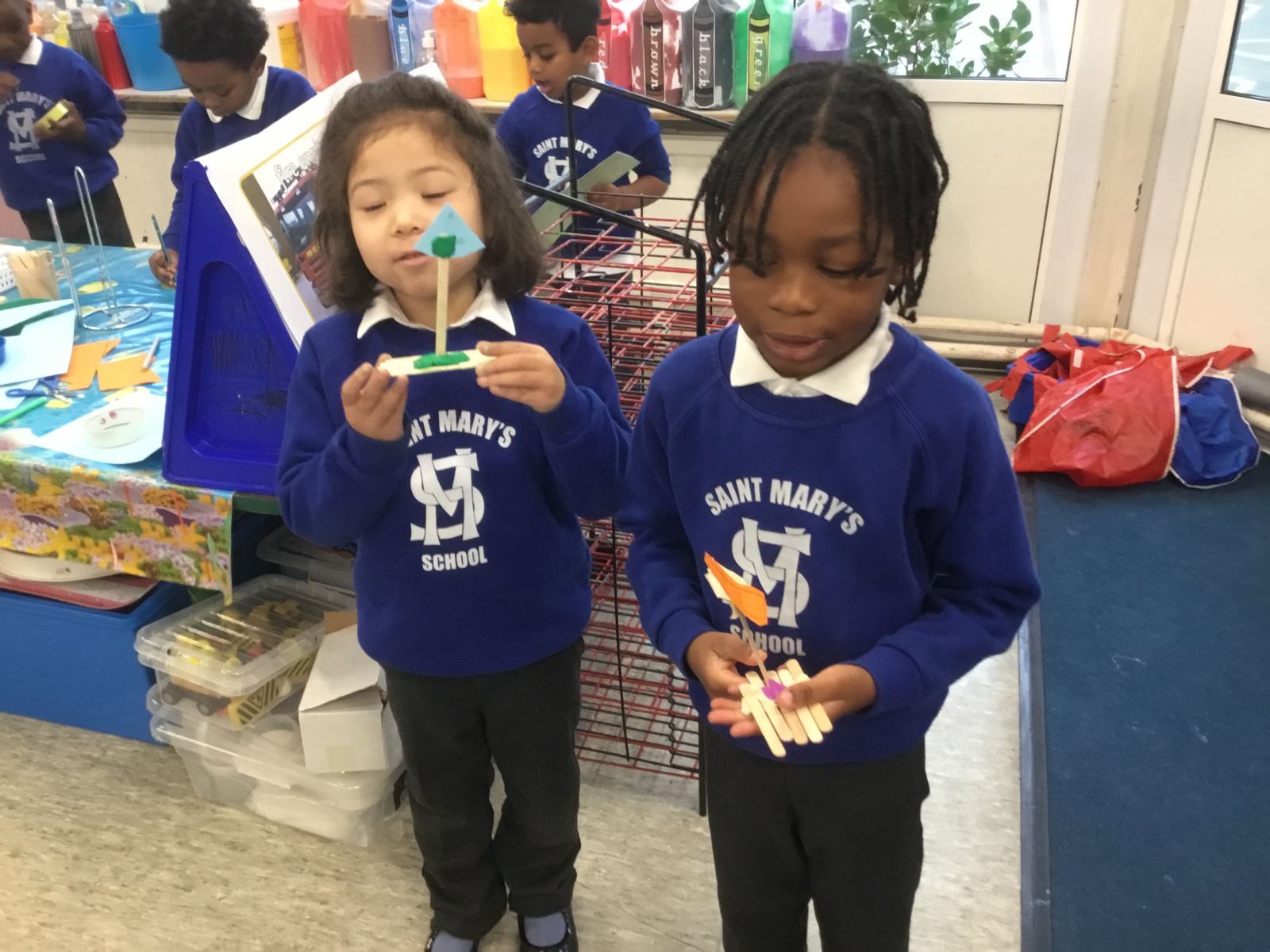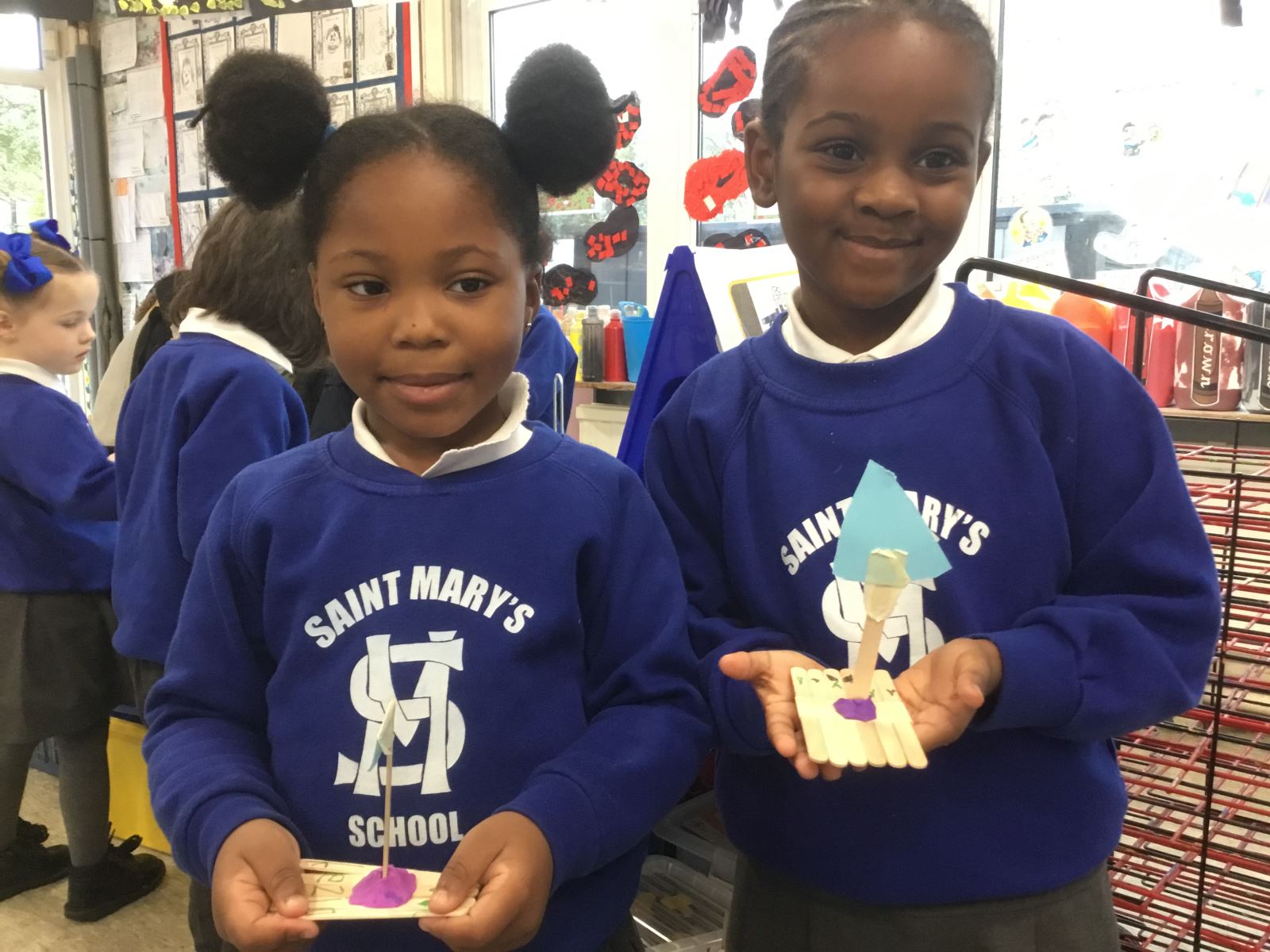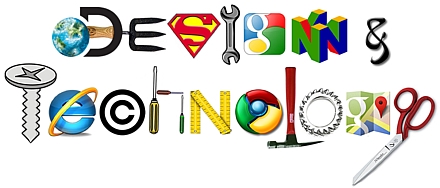


INTENT, IMPLEMENTATION AND IMPACT STATEMENT
DESIGN AND TECHNOLOGY ROAD MAP
DESIGN AND TECHNOLOGY PROGRESSION OF SKILLS
DESIGN AND TECHNOLOGY POLICY
"Design is a funny word. Some people think design means how it looks. But of course, if you look deeper, it's really how it works." – Steve Jobs.
At St Mary’s Catholic Primary School, we value Design Technology. We are Designers and Technologists! Design and technology is an inspiring, rigorous and practical subject. Using creativity and imagination, pupils design and make products that solve real and relevant problems within a variety of contexts, considering their own and others’ needs, wants and values. They acquire a broad range of subject knowledge and draw on disciplines such as mathematics, science, engineering, computing and art. Pupils learn how to take risks, becoming resourceful, innovative, enterprising and capable citizens. Through the evaluation of past and present design and technology, they develop a critical understanding of its impact on daily life and the wider world. High-quality design and technology education provides an essential contribution to the creativity, culture, wealth and well-being of the nation.
2. Teaching and Learning
Our Kapow Primary scheme of work fulfils the statutory requirements outlined in the national curriculum (2014). The national curriculum Programme of study for Design and technology aims to ensure that all pupils:
• develop the creative, technical and practical expertise needed to perform everyday tasks confidently and to participate successfully in an increasingly technological world.
• build and apply a repertoire of knowledge, understanding and skills in order to design and make high-quality prototypes and products for a wide range of users.
• critique, evaluate and test their ideas and products and the work of others.
• understand and apply the principles of nutrition and learn how to cook.
Kapow Primary’s Design and Technology scheme identifies five key strands which run throughout:
• Design
• Make
• Evaluate
• Technical Knowledge
• Cooking and Nutrition
The six key areas are revisited each year, with Electrical systems and Digital world beginning in KS2. The key areas enable all teachers to see prior and future learning to make it explicit to our pupils. It is easy to see, at a glance, how the unit being taught fits into the wider learning journey.
Cooking and Nutrition - Where food comes from, balanced diet, preparation and cooking skills. Kitchen hygiene and safety. Following recipes.
Mechanisms/Mechanical Systems - Mimic natural movements using mechanisms such as cams, followers, levers and sliders.
Structures - Material functional and aesthetic properties, strength and stability, stiffen and reinforce structures.
Textiles - Fastening, sewing, decorative and functional fabric techniques including cross stitch, blanket stitch and appliqué.
Electrical Systems - Operational series circuits, circuit components, circuit diagrams and symbols, combined to create various electrical products.
Digital World - Program products to monitor and control, develop designs and virtual models using 2D and 3D CAD software.
The Design Process
The Design and Technology National Curriculum outlines the three main stages of the design process: design, make and evaluate. Each Kapow Primary unit follows these stages, to form a full project. Each stage of the design process is underpinned by technical knowledge which encompasses the contextual, historical and technical understanding, required for each strand.

Design:
• Research
• Design criteria (e.g. tailoring to an audience/user).
• Idea generation (e.g. annotated sketches).
• Idea development (e.g. templates, pattern pieces.).
• Models and prototypes (both virtual and physical).
• Cross-sectional and exploded diagrams.
• Innovative, fit-for-purpose and functional product solutions to design problems.
Make:
• Select and use appropriate tools and equipment.
• Understand and select materials and components (including ingredients) based on their aesthetic and functional properties.
• Carry out practical tasks with increasing accuracy and precision.
• Understand the importance of, and follow the health and safety rules
Evaluate:
• Explore existing products.
• Evaluate against a list of design criteria.
• Evaluate, investigate and analyse existing products.
• Evaluate their own and others’ ideas.
• Understand how key events and individuals have helped to shape the world of D&T.
• Consider feedback to make improvements.

